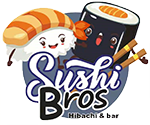Sushi is a culinary art that delights food enthusiasts around the world. From the expertly prepared fish to the perfectly seasoned rice, every component plays a crucial role. One such element that adds a burst of flavor and texture to sushi rolls is the tiny, colorful eggs known as Masago and Tobiko. Though they may appear similar, Masago and Tobiko have distinct characteristics that set them apart. In this article, we’ll delve into the differences between these two types of fish roe, providing you with a better understanding of their unique qualities.
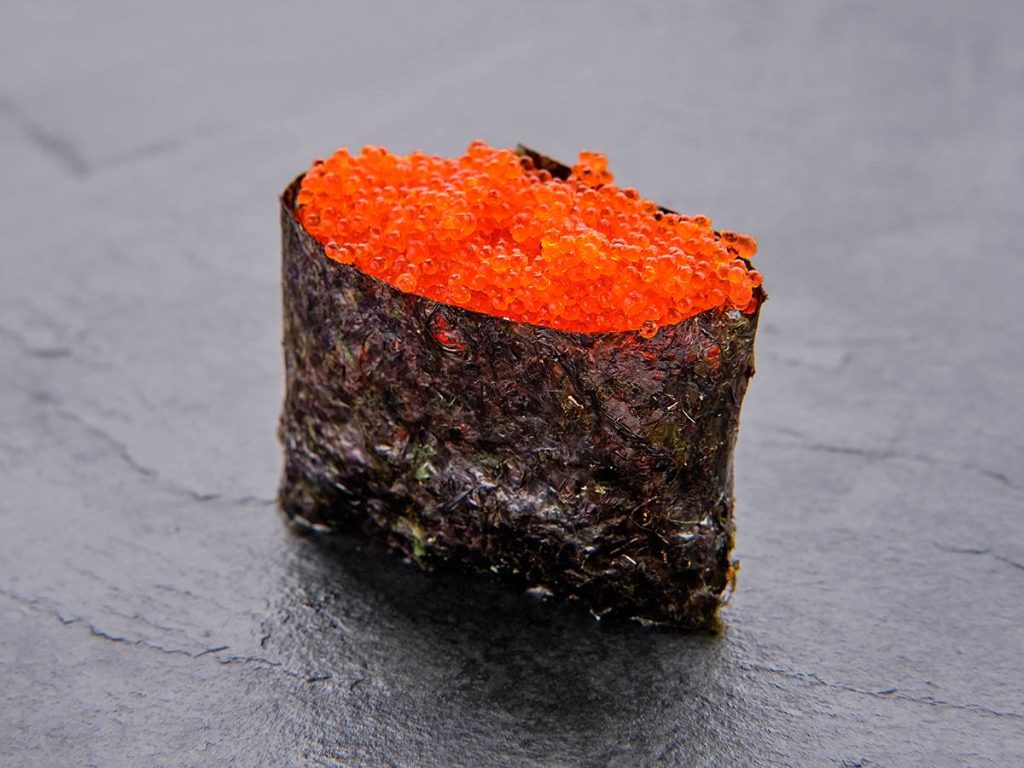
What is Masago in Sushi
Masago is a popular choice in sushi preparations due to its mild and subtle taste. It refers to the roe of Capelin fish, a small fish commonly found in the Atlantic and Arctic oceans. Masago eggs are generally small, orange in color, and have a delicate texture. The eggs offer a subtle briny flavor that enhances the overall taste of the sushi roll without overpowering other ingredients. Due to its smaller size, Masago is often used as a garnish or mixed into sushi fillings to add a burst of color and a hint of oceanic essence.
What is Tobiko in Sushi
Tobiko, on the other hand, is the roe of flying fish, which is primarily found in the waters of Asia. Tobiko eggs are slightly larger than Masago and boast a vibrant range of colors, including orange, red, black, and even green. The eggs are known for their satisfying “pop” when bitten into, creating a delightful sensation. Tobiko eggs have a mild, slightly sweet flavor with a subtle hint of saltiness. Their larger size and more distinct taste make them a standout ingredient in sushi, often used as a topping or garnish to provide a visual and flavorful contrast.
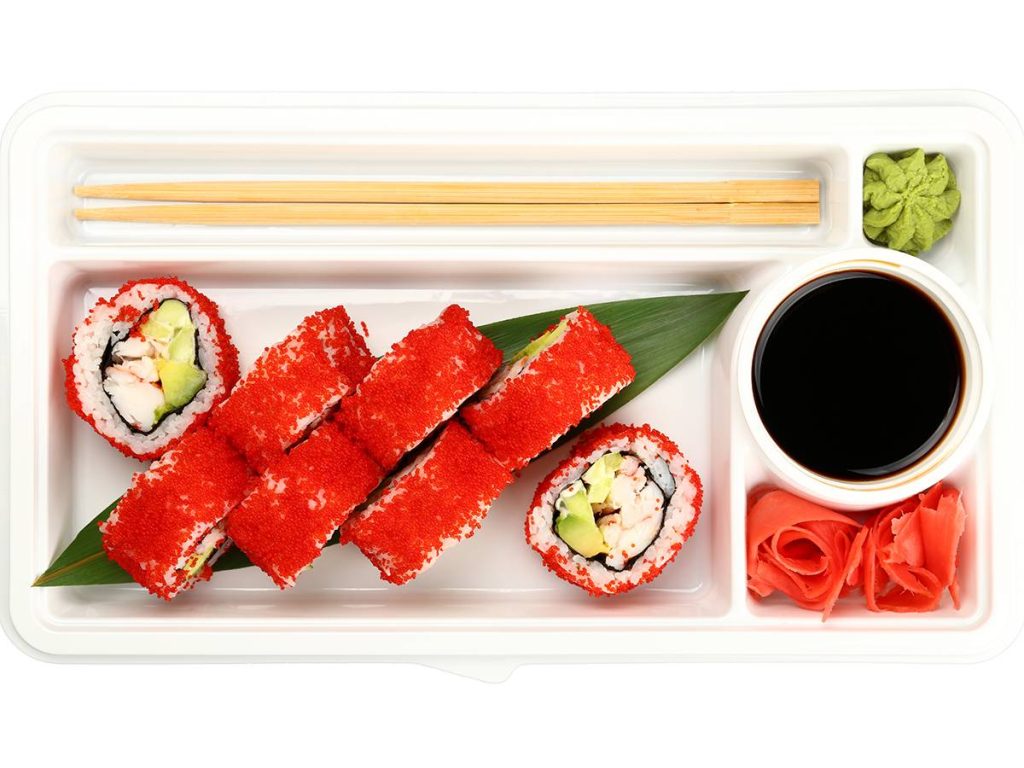
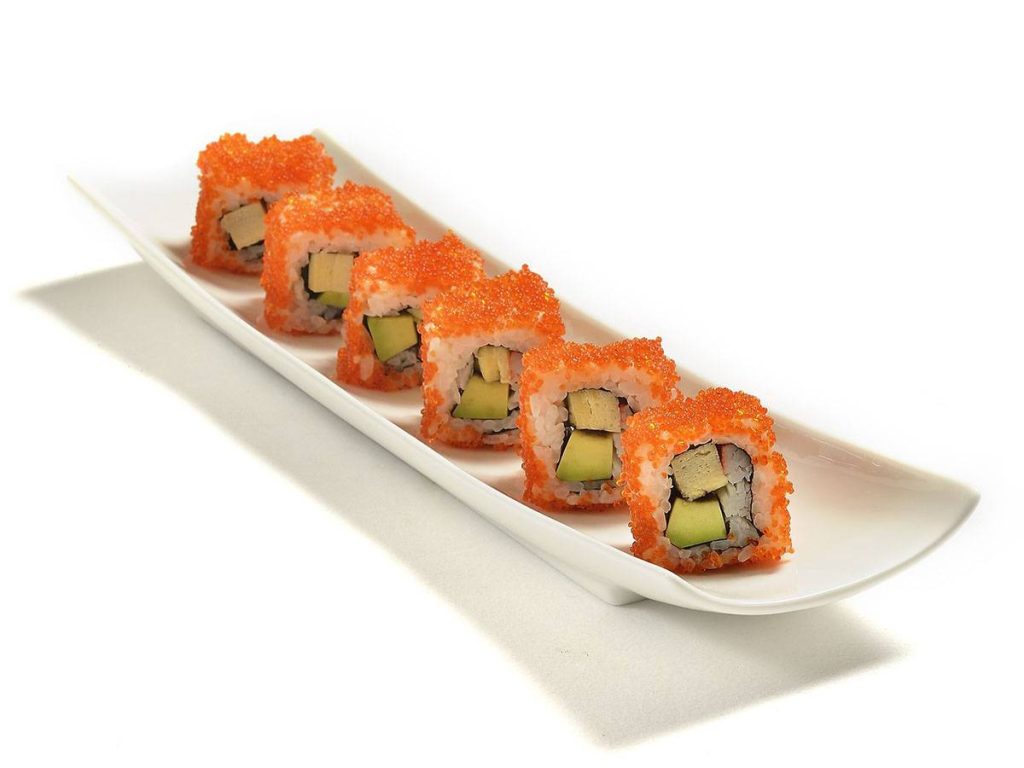
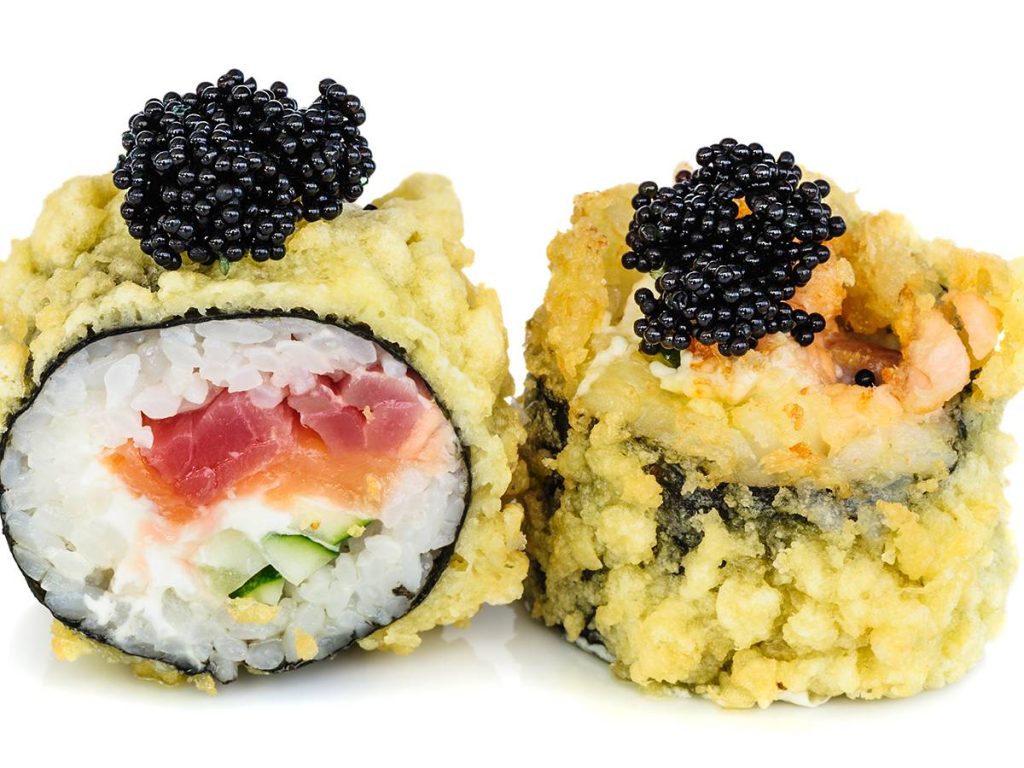
Masago vs Tobiko in Sushi: Distinguishing Features and Usage
While both Masago and Tobiko contribute a delightful pop of color to sushi, their differences are apparent upon closer examination. Masago eggs are smaller and tend to be orange, while Tobiko eggs are larger and offer a wider range of colors. Masago’s mild flavor and delicate texture make it an excellent choice for blending into fillings, while Tobiko’s more pronounced taste and popping texture make it ideal for topping rolls or enhancing the presentation of a dish.
When it comes to sushi, the inclusion of Masago or Tobiko can elevate the dining experience by adding visual appeal, texture, and nuanced flavors. Masago’s subtle brininess complements other ingredients, while Tobiko’s larger size and popping texture create an exciting burst of flavor. Next time you enjoy sushi, pay attention to the eggs used in your rolls and appreciate the unique characteristics that Masago and Tobiko bring to the table.
